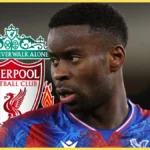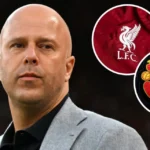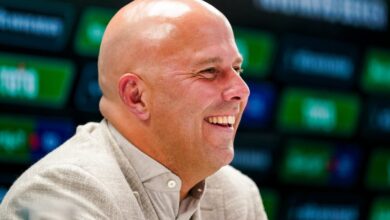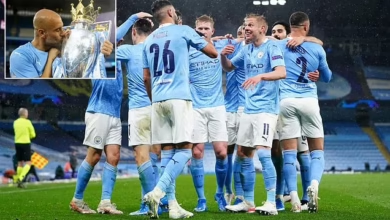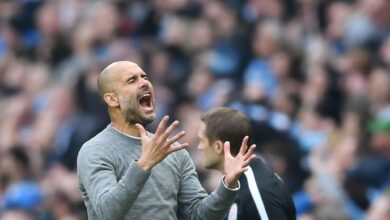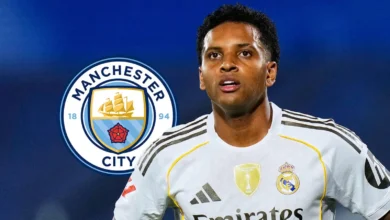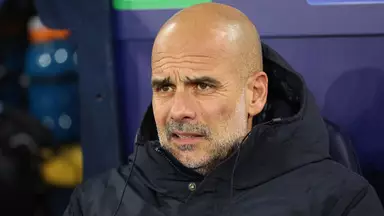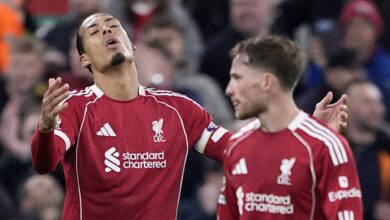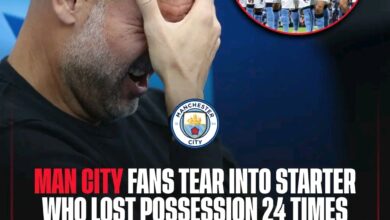Liverpool’s Marc Guehi Transfer Strategy: A Comprehensive Analysis of the Premier League Champions’ Defensive Reinforcement Plans
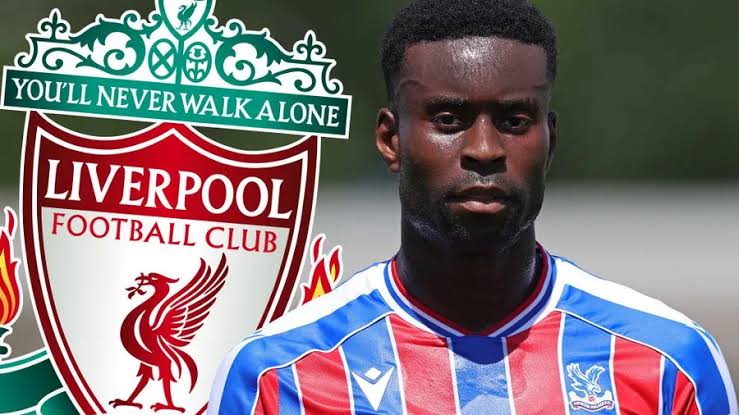
Liverpool Football Club, the reigning Premier League champions, find themselves at a critical juncture in their squad development as the summer transfer window reaches its climax. While much of the media attention has been focused on their pursuit of Newcastle United’s Alexander Isak, a quieter but equally significant storyline has been developing regarding their interest in Crystal Palace defender Marc Guehi. This comprehensive analysis examines Liverpool’s strategic approach to signing the England international, the potential implications of success or failure in this pursuit, and the broader context of their defensive planning.
The Merseyside giants have established themselves as one of Europe’s elite clubs under Arne Slot’s management, building upon the foundation laid by his predecessor. However, even champions must continuously evolve, and Liverpool’s hierarchy recognizes that maintaining their position at the summit of English football requires careful squad management and strategic reinforcement. The pursuit of Marc Guehi represents more than just another transfer target; it symbolizes Liverpool’s commitment to sustainable success and their understanding of the modern game’s demands.
Marc Guehi has emerged as one of the Premier League’s most consistent and reliable center-backs, a transformation that speaks to both his natural ability and his dedication to continuous improvement. The 25-year-old England international represents the modern defender archetype – comfortable with the ball at his feet, aerially dominant, and possessed of the tactical intelligence necessary to excel at the highest level.
Guehi’s journey through football has been marked by steady progression and resilience. After developing through Chelsea’s academy system, he gained valuable experience on loan at Swansea City before making his permanent move to Crystal Palace in 2021. This transition proved transformative for both player and club, as Guehi quickly established himself as a cornerstone of Palace’s defensive structure under Patrick Vieira and subsequently Oliver Glasner.
His performances have not gone unnoticed by England manager Gareth Southgate, who has consistently selected Guehi for major tournaments and qualifying campaigns. This international recognition serves as validation of his quality and suggests that he possesses the mentality and technical ability required to perform on football’s biggest stages. For Liverpool, acquiring a player of Guehi’s caliber and experience represents an investment in both immediate competitiveness and long-term squad stability.
The defender’s statistical profile makes for impressive reading. His aerial duel success rate consistently ranks among the Premier League’s best, while his passing accuracy from deep positions demonstrates the kind of ball-playing ability that modern top-level teams demand from their center-backs. Perhaps most importantly, Guehi has shown remarkable consistency in his performances, rarely having off-days that might cost his team crucial points.
Liverpool’s interest in Marc Guehi must be understood within the context of their current defensive situation and long-term strategic planning. The club’s defensive structure, while still formidable, faces several challenges that require careful navigation and proactive solutions.
Virgil van Dijk, despite remaining one of the world’s premier center-backs, is no longer the youthful colossus who transformed Liverpool’s defensive fortunes. At 33 years of age, the Dutch captain continues to perform at an exceptionally high level, but Father Time remains undefeated in football as in all sports. Liverpool’s leadership understands that planning for van Dijk’s eventual decline or departure is not just prudent but essential for maintaining their competitive edge.
The situation becomes more complex when considering Ibrahima Konate’s contractual circumstances. The French international has developed into a world-class defender during his time at Anfield, forming a formidable partnership with van Dijk when both are fit and available. However, the absence of a contract extension agreement creates uncertainty about Konate’s long-term future at the club. In modern football, players entering the final 18 months of their contracts often become targets for rival clubs, and Liverpool cannot afford to lose such a valuable asset without adequate preparation.
This defensive uncertainty is compounded by the physical demands of Liverpool’s playing style under Arne Slot. The team’s high-intensity approach requires center-backs who can maintain their performance levels across multiple competitions throughout a grueling season. Injuries and fatigue become significant factors, making squad depth not just desirable but absolutely critical.
Joel Matip’s departure at the end of his contract further emphasized the need for defensive reinforcement. The Cameroonian’s injury struggles in his final season highlighted the risks of relying on aging players without adequate backup plans. Liverpool’s current defensive options beyond their first-choice pairing remain limited, with younger players like Jarell Quansah showing promise but still requiring development time.m
Liverpool’s approach to the Marc Guehi transfer reflects their sophisticated understanding of modern football economics and their commitment to sustainable financial practices. The club’s reluctance to pay Crystal Palace’s reported £40 million asking price for a player in the final year of his contract demonstrates fiscal responsibility that has become a hallmark of their operations under FSG ownership.
This financial prudence extends beyond simple cost-cutting measures; it represents a strategic philosophy that prioritizes long-term stability over short-term gratification. Liverpool’s success in recent years has been built upon identifying value in the transfer market and making smart investments that appreciate over time. The Guehi situation presents an interesting case study in this approach.
The economics of signing a player in his final contract year create a unique dynamic that favors the purchasing club while putting pressure on the selling club to negotiate. Crystal Palace faces the very real possibility of losing their star defender for nothing if they cannot convince him to sign a new contract or secure a reasonable transfer fee. This situation gives Liverpool significant leverage in negotiations, though they must balance this advantage against the risk of missing out on their target entirely.
From Liverpool’s perspective, waiting until Guehi’s contract expires makes financial sense but carries sporting risks. The player’s value to their squad this season could justify paying a reasonable fee now rather than waiting twelve months. Additionally, the free agent market can be unpredictable, with multiple clubs competing for the same player and potentially driving up wages and signing bonuses to levels that might exceed the current transfer fee.
The financial implications extend beyond the immediate transfer fee to include wages, signing bonuses, agent fees, and the broader impact on squad harmony and wage structure. Liverpool has worked carefully to maintain a sustainable wage bill that allows for performance-based increases while avoiding the kind of financial excess that has troubled other major clubs.
Crystal Palace finds itself in one of football’s most challenging positions – holding a valuable asset whose contract is running down while needing to maximize both sporting and financial returns. The Eagles’ situation with Marc Guehi illustrates the broader challenges faced by clubs outside football’s traditional elite when dealing with their best players.
Palace’s investment in Guehi has paid substantial dividends both on and off the pitch. The defender’s consistent performances have been crucial to the club’s Premier League stability, while his development has enhanced their reputation as a club capable of nurturing talent. However, the financial realities of modern football mean that Palace must seriously consider any substantial offer for their star defender.
The club’s hierarchy faces a complex decision matrix. Accepting a lower fee this summer guarantees some financial return and allows them to plan for the future. Rejecting Liverpool’s approach and attempting to negotiate a new contract with Guehi carries the risk of losing him for nothing, but also maintains their competitive strength for the upcoming season, which includes their exciting return to European competition.
Palace’s participation in European competitions this season adds another layer of complexity to the decision. Guehi’s presence could be crucial to their success in these tournaments, potentially generating additional revenue through progression bonuses and coefficient improvements. The intangible benefits of a successful European campaign – increased global exposure, enhanced reputation, and improved ability to attract future signings – might outweigh the financial benefits of selling now.
From a sporting perspective, losing Guehi would represent a significant blow to Palace’s ambitions. The defender’s leadership qualities, consistency, and ability to perform in high-pressure situations make him irreplaceable in the short term. Palace would need to identify and integrate a replacement while competing in multiple competitions, a challenge that many clubs have struggled with historically.
The involvement of renowned transfer journalist Fabrizio Romano in this story adds credibility and context to Liverpool’s planning. Romano’s reputation for accuracy in transfer reporting means his insights into Liverpool’s strategy carry significant weight within football circles.
Romano’s revelation that Liverpool will “for sure” pursue Guehi as a free agent if they cannot sign him this summer provides fascinating insight into the club’s long-term planning. This strategic patience demonstrates Liverpool’s confidence in their ability to attract top players and their willingness to play the long game when it serves their interests.
The journalist’s emphasis on the “very good relationship” between Liverpool and Crystal Palace adds another dimension to this transfer saga. In modern football, inter-club relationships can significantly influence transfer negotiations. Liverpool’s professional approach to previous dealings with Palace
